 | This account exists because I want to provide this space with meaningful insights. My latest contributions were solely focussed around IOTA. I received accommodating and friendly responses from in and outside of the IOTA community which is the reason I keep going as there is obviously demand for these kinds of analysis. Interestingly, after my last two articles around IOTA, I saw people asking for Cardano. "Cardano is better!"- "Compare the two!" - "ADA 4tw!" - “They could collaborate!” And here we are. One thing is clear, in this space only few big projects spend as much time and effort on research and development as ADA and IOTA do, so the task seems reasonable to me simply because these two candidates are worth it. Both projects are representing this space from its best side and both will co-exist. That’s what I believe. Disclaimer: I'm not invested in ADA yet, but this may change after the next update, depending on ADA keeping what it promised (Basho + Voltaire era updates). But more about that in the coming weeks and months. Today the topic is: Which chain is better? A large part of the normie investors follow this question and try to answer it as soon as possible, because in these times you get headaches not only from Covid19, but also from FOMO. Sadly, the general approach seems to be opening Crypto Twitter or Youtube and see which project is promoted the most and I'm not sure which project wins this point because both are highly promoted by huge communities but my guess for winning the social score is probably ADA for the time being. Since few people take the time to compare the two under the surface, I'll give it a shot. Cardano has inherited a considerable part of the Ethereum community, which is understandable if you’re familiar with the technical and chronological background of Charles Hoskinson. Charles is an Ethereum co-founder, a veteran and knows what he is doing. That may be surprising to many that Dominik Schiener, Co-Founder of IOTA is also from this very incubator, who presumably had some connections with Charles and Vitalik at that time. Everyone who followed IOTA lately can say with certainty: Schiener (and the rest of the Foundation) also knows what he’s doing as the latest efforts to decentralize IOTA were quite successful and, under his management, IOTA has navigated through the obstacles of this pioneer-journey without big issues. Today, both projects can be considered “established” and the initial criticism of IOTA has been leveled out because the last 2 years of development and strategy realignment of the IOTA Foundation have, apparently, paid off so one could argue that IOTA is rehabilitated at once. --------------------------------------------------------------------------------------------------------------------------- So here we go. Some bullet-points that allow the comparison: a) Basic stats: genesis, circulating supply, inflation, valuation, fees, transaction speed b) Consensus differences and consequences c) Where lies the focus of applications? d) How high is the social score? e) What are the scaling solutions? f) What about partners and collaborations? g) Who has clear advantages? h) Where should you invest? --------------------------------------------------------------------------------------------------------------------------- a) Basic statsIOTA: Genesis was in 2015 when the Founders and Co-Founders of the project (that registered the German charitable IOTA Foundation in Berlin later) created a crowd-funding for the IOTA tokens.Roughly $500.000 have been collected without premine. Founders and Developers had to invest like everyone else. Circulating supply is 2,779,530,283 miota: 100% of the total supply.IOTA was created non-inflationary without any plans to create more tokens. IOTA’s valuation is at $3.4 billion at the time of writing and the ledger doesn’t require fees for sending data or value transactions but tokens are necessary for the latter.IOTA was created for the machine to machine economy as part of the internet of things while offering its basic ledger without mining, fees or scaling bottlenecks via a novel consensus mechanism. A coming milestone offers smart contracts.With the Chrysalis update, an IOTA transactions takes less than 10 seconds whereas after IOTA 2.0, it takes less than 5 seconds to finalize. Cardano: Genesis was in December 2016 when the Cardano Foundation held an ICO collecting over $60 million within 4 months with roughly 15% premine. Circulating supply is 31.948.309.441 ADA whereas total supply is at 45.000.000.000 ADA. ~30% of the total supply is yet to hit circulation. ADA was created slightly inflationary until staking-rewards and incentives have been paid out but that will take years.ADA’s valuation is at roughly $54 billion at the time of writing. The ledger was created in order to host smart contracts and to scale better than BTC or ETH without the horrendous energy consumption due to ADA’s proof of stake, while keeping the advantages of secure and decentralized ledgers. Fees are calculated per size, plus a constant. Both the constant and the amount per bytes can be modified but in the end it’s ~0.17 ADA which is at ~30 cents right now. If the price of one ADA goes up, the fees follow but with the Voltaire update and governance, both values could be changed and reduced to a lower fee depending on stakeholders allowance - which is up for debate as stakers don’t want to lose income. With the Ouroboros consensus and the latest upgrades through Shelley, ADA takes approx. 40 seconds to finalize a transaction. b) Consensus differences and consequences.This one is a bit tricky because the architecture and, as a byproduct, the incentives are completely different. IOTA created a novel consensus mechanism based on a directed acyclic graph, the Tangle. All Blockchains are DAG’s but not every DAG is a blockchain. IOTA has no blocks and no chain, but it’s still a DAG. The rule (for now) for finding consensus is simple. A user has to do a minuscule (like one millionth of a BTC transaction) amount of proof of work to confirm two older transactions in the network- and in exchange has the permission to send a transaction. For the time being this is accompanied by an onboarding mechanism, a central node that gives direction for all other nodes via milestones: the coordinator. This will be replaced by a consensus called FPC (fast probabilistic consensus), additionally a combination of modules that work with a gossip protocol called mana.In essence: IOTA remains free, becomes truly decentralized (without the coordinator), will not be mined and is lightweight. IOTA is a parallelly confirming ledger which means that many transactions can be done at once. Bitcoin and most if not all other ledgers are sequential. There are other perks to it but the main question I hear a lot is: Cardano with Ouroboros is a proof-of-stake protocol. It distributes network control across stake pools: node operators with the infrastructure required to ensure a consistent and reliable connection to the network. The initial thought was to reduce the energy consumption of Bitcoin and Ethereum and to offer the same dapp landscape Ethereum offers, without drawbacks. Up to this day, the controversy around proof-of-stake remains: My answer is: It’s the same issue with POW based ledgers, there will always be some kind of centralization but in Cardano we see a degree of excellent execution that makes it impossible to conduct a 51% attack and most other attack vectors. The slot leaders are chosen from staking pools based on the volume of their stake and a random seed. The seed uses a multi-party computation (MPC) system to determine which stakeholder can be chosen to mint the next blocks¹. In easy words: Those that have more coins have a better chance of finding, “minting”, blocks, but they also have the biggest motivation to keep their money which is the incentive. The fees of transactions are then distributed to stakeholders and a small share of 20% to the Treasury, some kind of a Cardano development fund. The incentive to secure the network is to buy and hold coins, and that way, new investors, “stakers” are found, the network is secure and transaction fees become meaningful. Due to rewards and a higher total than circulating supply, the yearly inflation is calculated (in an ADA Forum) at approx 6.52%. c) Where lies the focus of applications?IOTA is set to become the base layer of the Internet of Things. But that’s far from it. Data-transactions, data-trading in data-market, digital identities, microtransactions in all industries, verifiable credentials, even store of value is possible according to its non-inflationary nature.Due to the new architecture with Chrysalis, that will also be used in IOTA 2.0, the Tangle can be leveraged as a smart contract platform for dapps, DeFi, colored coins and every possible use-case around digital contracts. Remember when you had these quartet cards as a kid? The car-card with the highest horse-power wins? IOTA is the fastest car in that regard. There is no application IOTA cannot be used for with IOTA 2.0. Buy a computer or a pizza online, stake DeFi, pay for tickets, enter a building with your unique ID, power a supply chain for immutable audits, use it as a non-inflationary store of value: IOTA can do it. IOTA 2.0 is poised to scale into millions of TPS without fees or mining. Cardano on the other hand is quite focussed on dapps, value transactions and supply chains. Though with hydra, the scaling solution of the Cardano Foundation should enable other use-cases around digital identities as it’s supposed to scale into the millions as well, though no practical proof has been delivered so far as it’s years away from implementation. IOHK and Cardano Foundation teams work on adoption often in developing countries like all over Africa. Emurgo wrote a fascinating piece on the “Africa-strategy”. I recommend you read this because the soul of decentralized solutions lies in the participation of those who have less access to the global monetary system, and this "smart Africa" Alliance impresses with a pragmatic solution away from the hype. Let’s be clear on this one. Both projects have an obvious concern to improve deficits in the world and offer pragmatic solutions. In this field, such an attitude can’t be praised highly enough. The world is big and technological disruption on a broad spectrum like this is rarely done by just one technology so we shouldn’t concentrate on the competitive thought too much. d) How high is the social score? (Twitter, Reddit, Google, Discord) Twitter: IOTA has 192.455 follower ADA has 672.020 follower Reddit: IOTA has 135.000 subscribers ADA has 507.000 subscribers Google trends: (please ignore the blue spike for IOTA as it’s referring to a Hurricane in South America) Google Trends Comparison 12 months Discord: IOTA has 48.000 Member ADA has 8.200 Member I believe this is pretty self-explaining. ADA clearly wins the social score. I’d like to point out that IOTA has one of the biggest and most active Discord communities I’ve ever met. e) What are the scaling solutions? IOTA just introduced an already running solution: the IOTA 2.0 DevNet (Nectar) that is using the fast probabilistic algorithm, rate control, mana and essentially a multidimensional layer that theoretically scales into infinity only hindered by external factors like bandwidth and sharding (which is researched right now). https://v2.iota.org/ The final deployment on the mainnet has no ETA but is roughly planned at Q4 2021 or Q1 2022. IOTA states to have solved the scalability trilemma without fees with that. Cardano plans to change to an extended UTxO model that allows for an efficient state channel solution that operates off-chain, comparable to the lightning network: Hydra. Though, Hydra is likely to be part of the Cardano 2025 vision and rolled out as part of the Ouroboros Omega update. ADA claims to be able to serve mainstream demand with this solution. f) What about partners and collaborations? I would have liked to make a list for both projects at the beginning of this analysis, but then, in both cases, the list would have been dozens of pages long, and I don't want to exhaust the attention span. Fact is, both projects have an enormous number of strategic partners. This is mainstream adoption material. The IOTA community has produced an excellent website that gives you an idea of how far the efforts have come. IOTA Archive. We are talking about hundreds of collaborations, partners, patents and proof of concepts. I have rarely seen such a high number in other projects. With ADA, the information is much less concentrated, but still very high and downright impressive Cardanodevelopment.com Publish0x.com (not official) Partnerships only mean something if the utility is used to improve problems. No clear winner here. g) Who has clear advantages? Of course, that depends. From my perspective, IOTA is the underdog here, but with huge upside potential both for the social score and price development. Cardano has a market cap of already $54 billion, a number IOTA can dream of ($3.1 billion today). Cardano wins the race in terms of network effect, scientific research and reputation and it has a decentralized main-net today. IOTA on the other hand has a working scaling solution for tomorrow, that comes without fees, so naturally, I would assume an advantage in the next 2 years because IOTA reached this milestone years before ADA did. Additionally, the spectrum of use-cases is limited for ADA because fees are fees and with a rising price, the fees are poised to go up higher which isn’t really helpful if you compete for the most cost-efficient solution in the realm of data markets, the IOT and digital identities. IOTA clearly has the upper hand here. It’s a race of network effect vs earlier reached milestones, though I believe in coexistence and collaboration. Time will tell. h) Where should you invest?That’s something only you can determine. Hodl, build and diversify. Disclaimer: I’m neither an IOTA nor a Cardano expert and mistakes happen. This is just a tiny analysis because understanding both projects to its core would take months. If my research is off, please leave me a message and I correct the mistake as fast as I see it; if that is the case, provide me with an official source of the claim and I add it, thank you. What’s important to me is that competition is good, but collaboration is better. Crypto has <in itself> a lot of enemies but we should realize that our way will be better if we work together. Thanks for reading and stay safe everyone. Edit: Corrected Fees from ADA from 3c to 30c [link] [comments] |

You can get bonuses upto $100 FREE BONUS when you:
💰 Install these recommended apps:
💲 SocialGood - 100% Crypto Back on Everyday Shopping
💲 xPortal - The DeFi For The Next Billion
💲 CryptoTab Browser - Lightweight, fast, and ready to mine!
💰 Register on these recommended exchanges:
🟡 Binance🟡 Bitfinex🟡 Bitmart🟡 Bittrex🟡 Bitget
🟡 CoinEx🟡 Crypto.com🟡 Gate.io🟡 Huobi🟡 Kucoin.

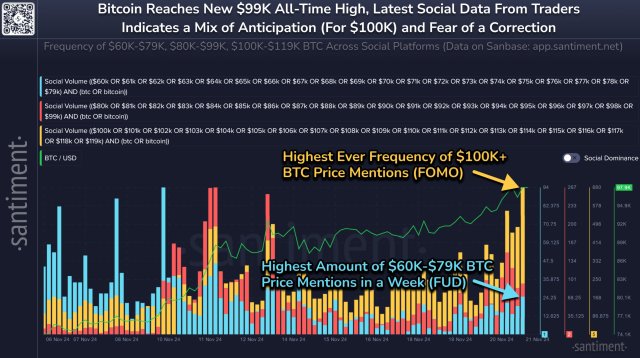

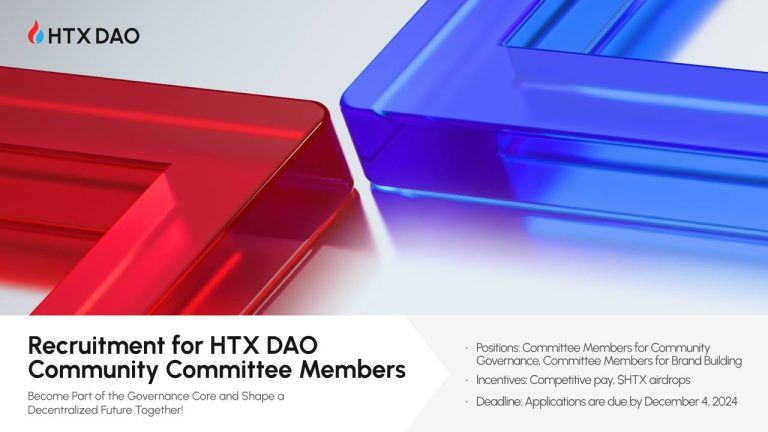
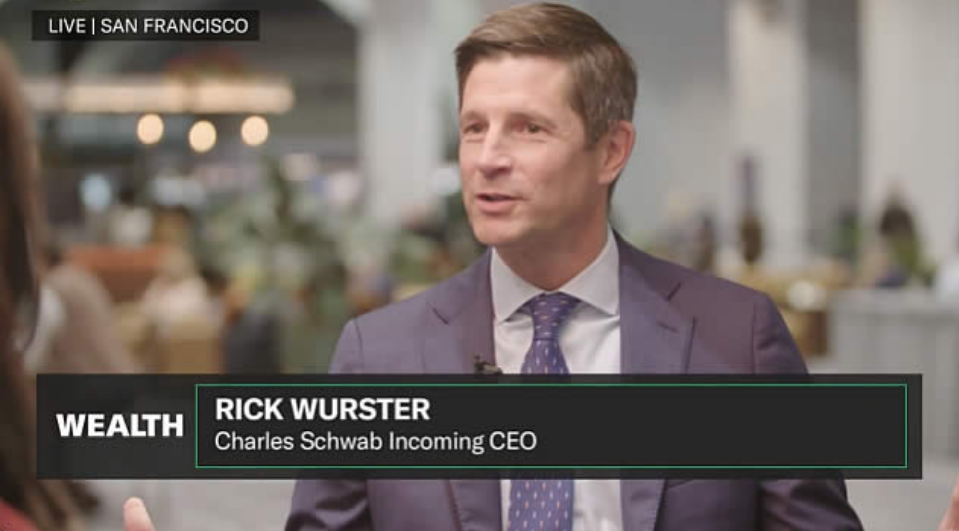
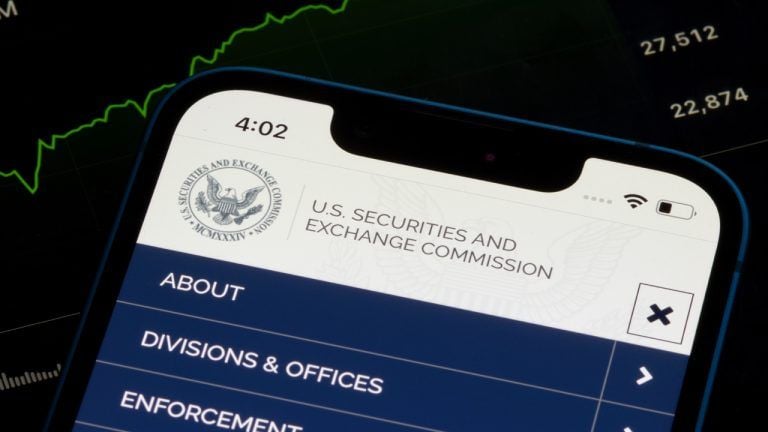
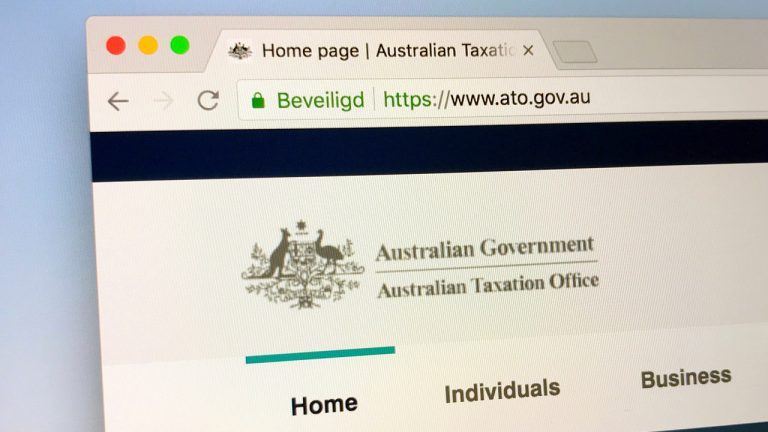
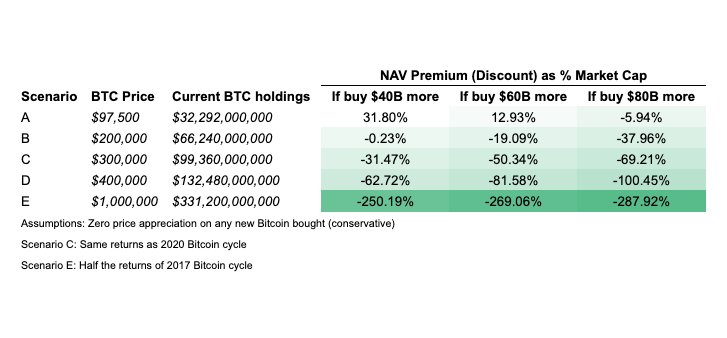
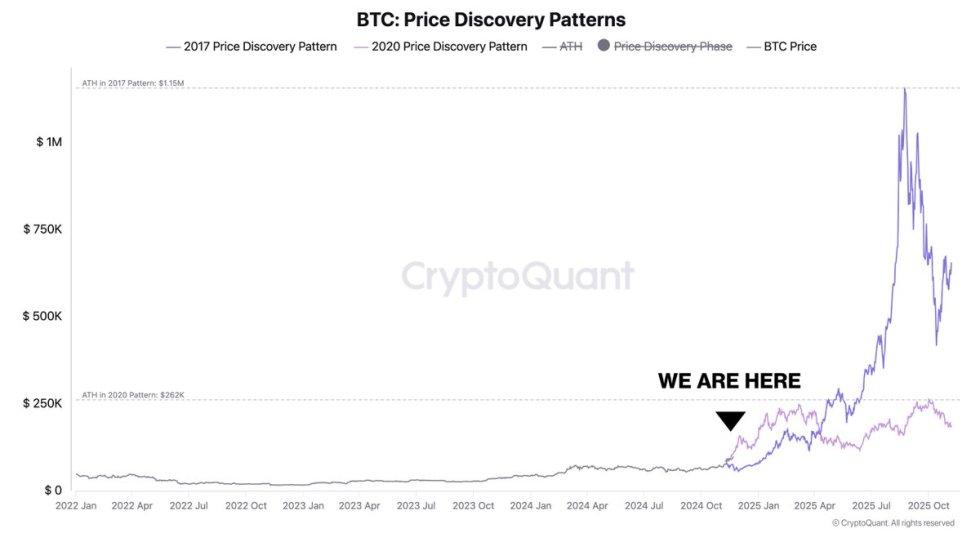
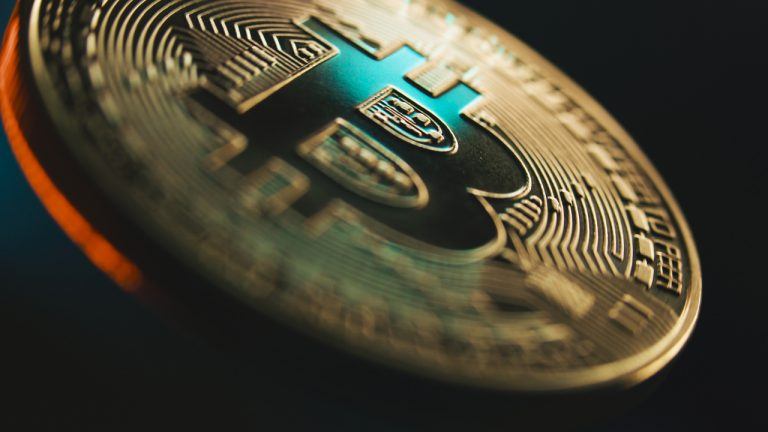


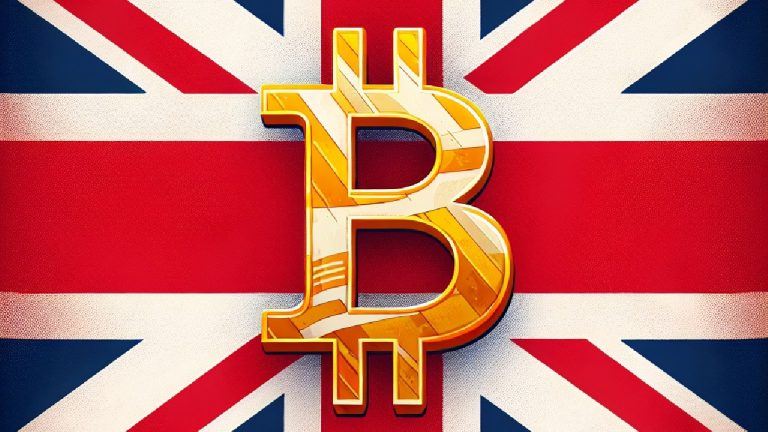
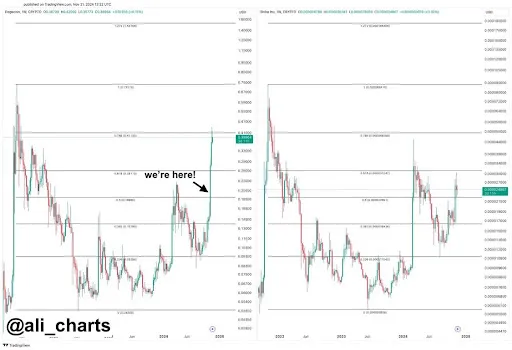


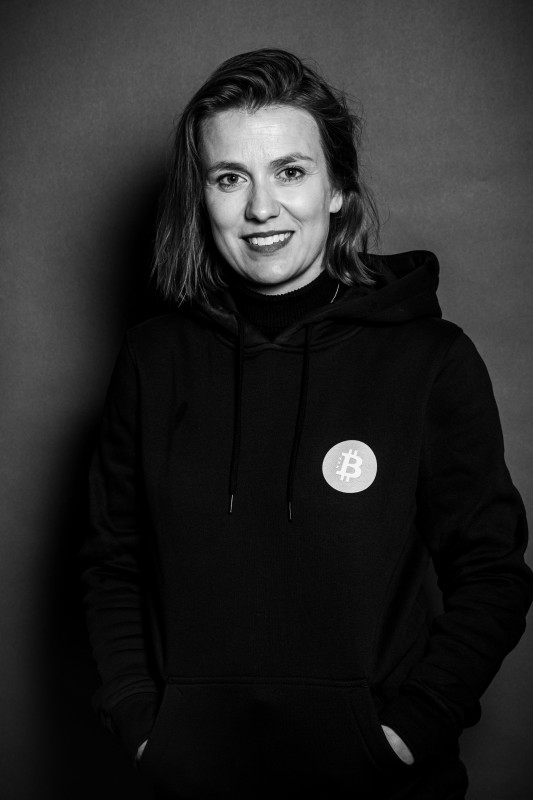
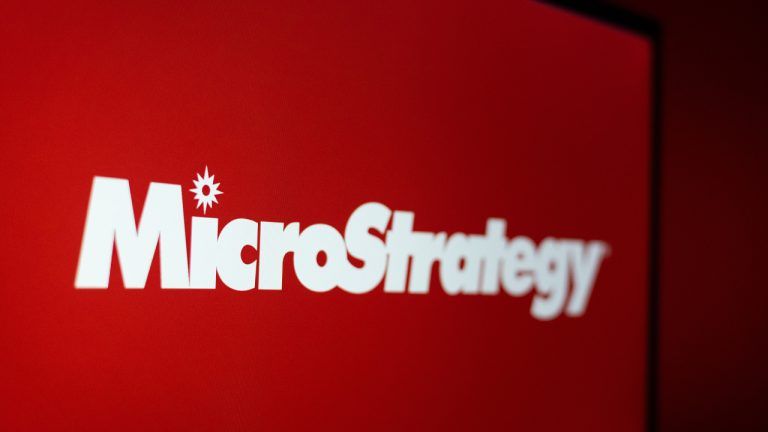

Comments